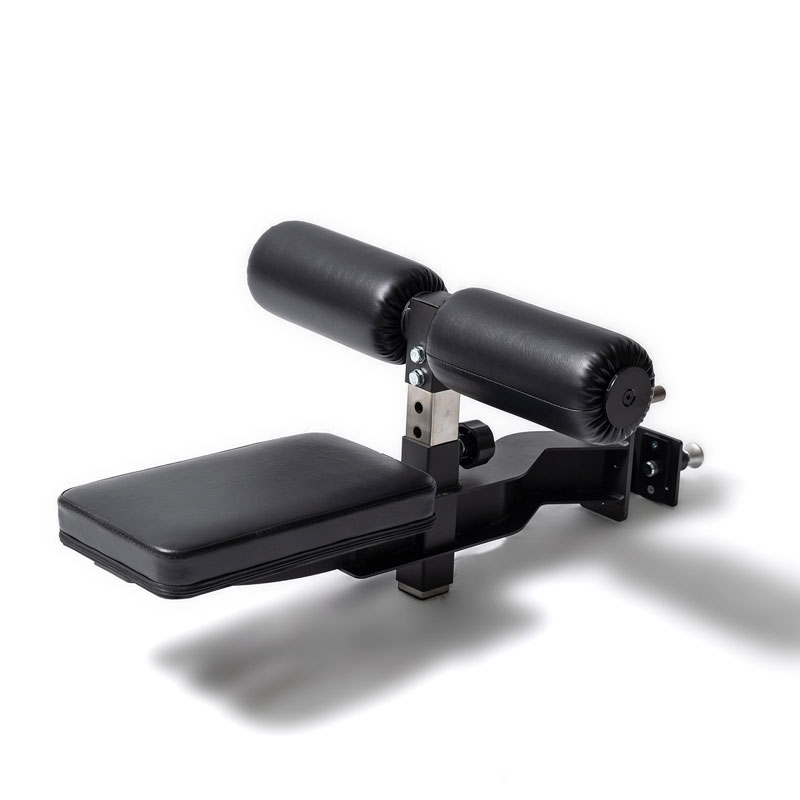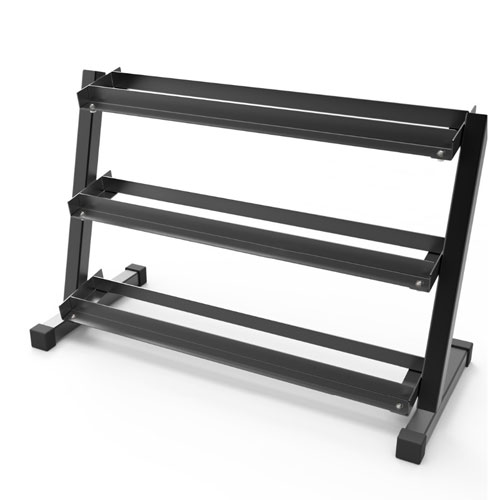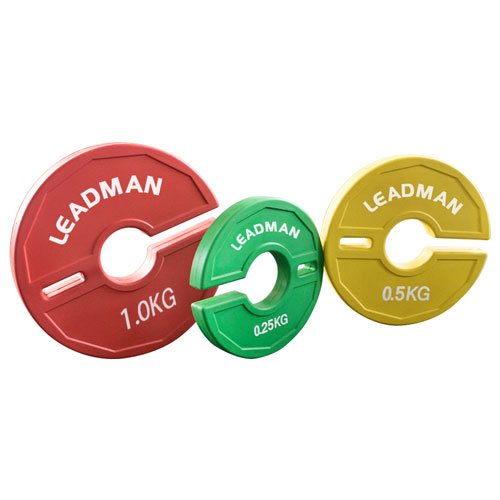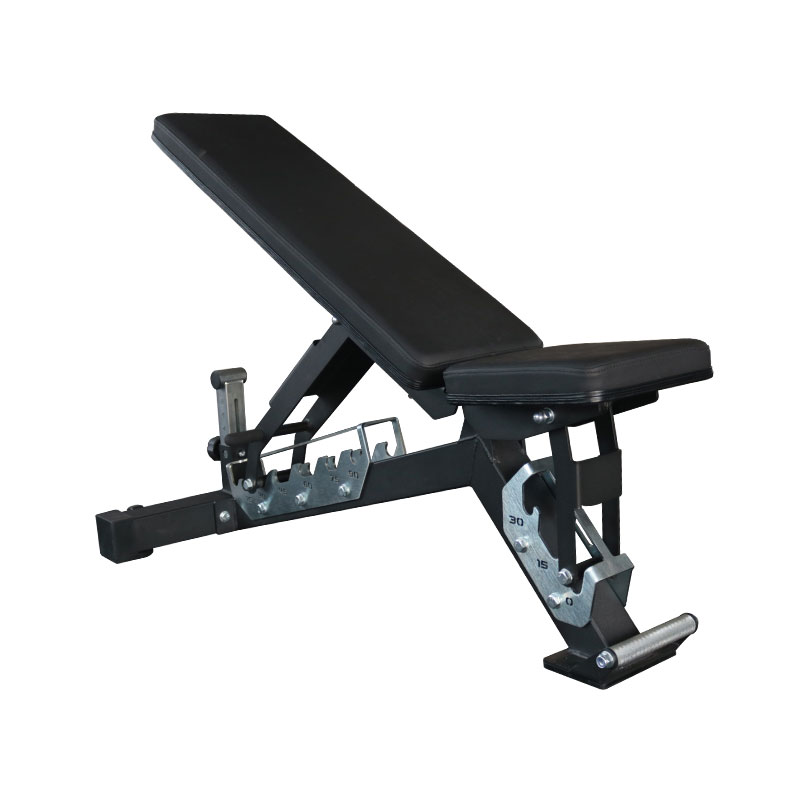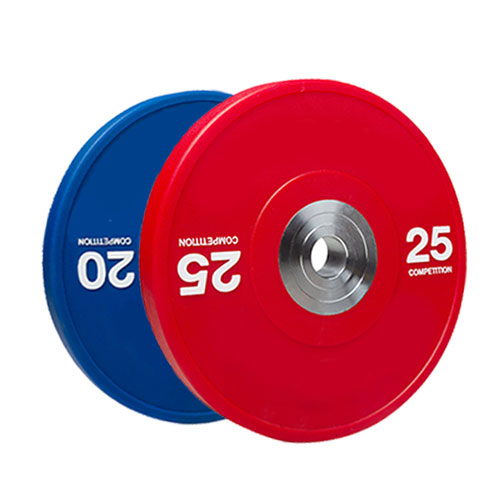What are The Basic Equipment for a Gym
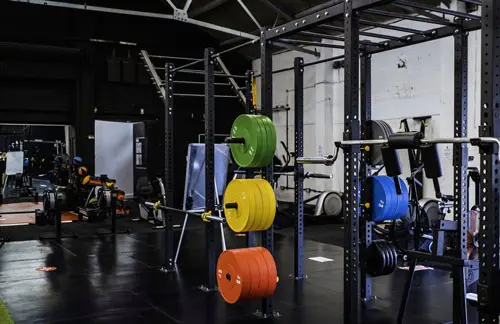
In the realm of fitness, the adage "no pain, no gain" holds true. However, the pursuit of physical well-being does not have to be an arduous endeavor. With the advent of modern gym equipment, achieving one's fitness goals can be made more accessible, efficient, and comfortable. This blog post aims to provide a comprehensive guide to the basic equipment found in a well-equipped gym, empowering you to create an optimal workout environment in the comfort of your own home or a commercial fitness center.
1. Cardio Equipment
Cardiovascular exercise is an essential component of any fitness regimen, as it improves heart health, burns calories, and increases endurance. Here are some of the most common cardio equipment options:
Treadmill: This versatile machine allows you to walk, run, or jog indoors, regardless of weather conditions. It offers adjustable speed and incline settings, enabling a customizable workout intensity. Modern treadmills often come with built-in workout programs, heart rate monitors, and even virtual running experiences to keep your workouts engaging and effective.
Elliptical Machine: With its low-impact design, the elliptical machine provides a full-body workout without putting excessive strain on joints. It combines the movements of walking, running, and cross-country skiing. Many elliptical machines also feature adjustable resistance levels and pre-programmed workouts to target different fitness goals.
Stationary Bike: This classic piece of equipment offers a convenient and effective way to improve cardiovascular health. Different types of stationary bikes include upright models for a road bike feel and recumbent models for a more relaxed and comfortable ride. Stationary bikes are ideal for those who prefer a seated workout or have joint issues.
Rowing Machine: The rowing machine simulates the motion of rowing a boat, providing a full-body workout that engages multiple muscle groups and improves cardiovascular endurance. Rowing machines are excellent for building both strength and stamina, making them a versatile addition to any gym.
Stair Climber: This equipment is designed to replicate the movement of climbing stairs, offering a high-intensity workout that targets the lower body and burns significant calories. Stair climbers are perfect for those looking to tone their legs and glutes while improving cardiovascular fitness.
2. Strength Equipment
Strength training is crucial for building muscle mass, improving bone density, and increasing overall strength. Here are some of the core strength equipment options:
Barbell: Barbells are long, weighted bars used for various strength-building exercises. They come in different sizes and weights, allowing for progressive overload and customization. Barbells are essential for compound lifts like squats, deadlifts, and bench presses, which target multiple muscle groups simultaneously.
Dumbbells: Dumbbells are individual weights with handles, providing versatility for a wide range of exercises. They are available in different shapes and weight ranges, catering to different fitness levels. Dumbbells are perfect for isolation exercises, such as bicep curls, shoulder presses, and lunges.
Kettlebells: Kettlebells are bell-shaped weights with a handle, offering a unique and dynamic workout. They are popular for compound exercises that engage multiple muscle groups simultaneously. Kettlebell swings, cleans, and snatches are excellent for building strength, power, and endurance.
Resistance Bands: Resistance bands are elastic bands that provide variable resistance during exercises. They are lightweight, portable, and offer a convenient way to add resistance to various movements. Resistance bands are ideal for home workouts, travel, or as a supplement to traditional weight training.
Medicine Balls: Medicine balls are weighted balls used for a variety of exercises, including core strengthening, balance training, and throwing exercises. They come in different weights and sizes, making them suitable for a wide range of fitness levels and goals.
3. Free Weights
Free weights, such as barbells, dumbbells, and kettlebells, allow for a greater range of motion and freedom of movement. This makes them suitable for a variety of exercises that target specific muscle groups:
Bench Press: The bench press involves lying on a bench and lowering and raising a barbell with weights, primarily targeting the chest muscles. It is one of the most effective exercises for building upper body strength and muscle mass.
Squat Rack: A squat rack is a frame that holds a barbell at a specific height, allowing for squats, lunges, and other lower-body exercises. Squat racks are essential for heavy lifting and compound movements that engage the legs, glutes, and core.
Pull-Up Bar: This versatile piece of equipment enables a variety of exercises that target the back and arm muscles. Different variations include wide-grip, close-grip, and underhand pull-ups. Pull-up bars are excellent for building upper body strength and improving grip strength.
Dip Station: Dip stations are used for triceps dips, which involve lowering and raising the body using parallel bars. They also provide stability for other exercises, such as leg raises and core workouts. Dip stations are a great addition to any home gym for upper body and core training.
4. Core and Flexibility Equipment
Core and flexibility exercises are essential for overall balance, stability, and injury prevention:
Exercise Ball: Exercise balls, also known as Swiss balls, are large, inflated balls used for a wide range of exercises that improve core stability, balance, and flexibility. They are commonly used for core workouts, such as crunches, planks, and bridges, as well as for stretching and rehabilitation exercises.
Yoga Mat: Yoga mats provide a comfortable and supportive surface for yoga, stretching, and other exercises that require floor work. They help prevent slipping and reduce discomfort, making them essential for any fitness routine that includes floor-based exercises.
Foam Roller: Foam rollers are cylindrical foam devices used for self-massage, muscle recovery, and flexibility training. They can help alleviate muscle tension and improve range of motion, making them a valuable tool for post-workout recovery and injury prevention.
Ab Roller: Ab rollers are wheeled devices used for core strengthening exercises. They engage multiple abdominal muscles and challenge core stability, making them an effective tool for building a strong and defined core.
5. Accessories
While not essential, these accessories can enhance your workout experience and support your fitness goals:
Gym Shoes: Proper gym shoes provide stability, support, and cushioning for various exercises, reducing the risk of injuries. Look for shoes that are designed for your specific type of workout, whether it's running, weightlifting, or cross-training.
Resistance Tubes: Resistance tubes are lightweight and versatile pieces of equipment that offer variable resistance. They can be used for a variety of exercises and are easy to store, making them a great addition to any home gym or travel workout kit.
Exercise Gloves: Exercise gloves protect your hands from blisters and calluses, provide a better grip on equipment, and promote hygiene. They are especially useful for weightlifting and other exercises that involve gripping heavy weights or equipment.
Fitness Tracker: Fitness trackers monitor your progress, track calories burned, and stay motivated. They can provide valuable insights into your fitness levels and help you adjust your workouts accordingly. Many fitness trackers also offer features like heart rate monitoring, sleep tracking, and workout reminders.
6. Other Considerations for Gym Equipment
Beyond the specific equipment, it is important to consider other factors when setting up your gym:
Budget: Determine a realistic budget for your equipment purchases, taking into account your fitness goals, available space, and quality preferences. Investing in high-quality equipment may cost more upfront but can save you money in the long run by reducing the need for replacements and repairs.
Space Requirements: Plan for adequate space to accommodate your equipment, ensuring you have enough room to move freely and avoid clutter. Consider the layout of your gym to maximize efficiency and create a comfortable workout environment.
Quality: Opt for durable, reliable equipment that will withstand regular use and prevent potential injuries. Look for reputable brands and consider reading reviews before making purchases. High-quality equipment is more likely to provide a safe and effective workout experience.
Maintenance: Establish a maintenance plan to keep your equipment in good working condition. Regular cleaning, lubrication, and inspections can extend the lifespan of your investment and ensure that your equipment remains safe to use.
7. Storage and Organization
Proper storage and organization are crucial for keeping your gym tidy and functional:
Storage Options: Consider using shelves, racks, and other storage solutions to keep weights, equipment, and accessories organized and accessible. Wall-mounted racks and storage bins can help maximize space and keep your gym clutter-free.
Organization Tips: Label equipment, designate specific areas for different types of gear, and use vertical space to maximize storage. Keeping your gym organized can save time and reduce clutter, making your workouts more efficient and enjoyable.
8. Safety
Safety is paramount when using gym equipment:
Use Equipment Correctly: Always follow proper form and technique to avoid injuries. Consult with a qualified fitness professional if unsure about exercise execution. Proper form not only reduces the risk of injury but also ensures that you are getting the most out of your workouts.
Equipment Maintenance: Regularly inspect and maintain equipment to ensure it is in proper working order. Report any damage or malfunctions promptly. Regular maintenance can prevent accidents and extend the life of your equipment.
Spotting: Have a spotter assist you with exercises that require additional support or safety, such as heavy lifts or overhead presses. A spotter can help you maintain proper form and prevent accidents during challenging exercises.
Conclusion
Investing in basic gym equipment is an investment in your health and fitness. By equipping your space with the necessary tools, you can create an optimal environment to achieve your fitness goals. Remember to consider your budget, space requirements, and safety precautions when making your equipment choices. With the right setup, you can enjoy a more effective and enjoyable workout experience, whether at home or in a commercial gym.
FAQ about Gym Equipment
1. What is the most essential piece of gym equipment for beginners?
For beginners, a set of dumbbells is often the most essential piece of equipment. Dumbbells are versatile, easy to use, and can be used for a wide range of exercises that target different muscle groups. They are also relatively affordable and take up minimal space, making them ideal for home gyms.
2. How much space do I need for a home gym?
The amount of space you need for a home gym depends on the type of equipment you plan to use. A basic home gym with dumbbells, a bench, and a yoga mat can fit in a small corner of a room. However, if you plan to include larger equipment like a treadmill or squat rack, you may need a dedicated room or garage space.
3. How do I choose the right weight for dumbbells?
When choosing the right weight for dumbbells, start with a weight that allows you to perform 10-12 repetitions with proper form. If you can easily complete more than 12 reps, the weight is too light. If you struggle to complete 10 reps, the weight is too heavy. Gradually increase the weight as you build strength.
4. Can I build muscle with just bodyweight exercises?
Yes, you can build muscle with bodyweight exercises, especially if you are a beginner. Exercises like push-ups, pull-ups, squats, and lunges can effectively build muscle when performed with proper form and progressively increased intensity. However, adding resistance through weights or resistance bands can further enhance muscle growth.
5. How often should I replace my gym equipment?
The frequency of replacing gym equipment depends on the quality of the equipment and how often it is used. High-quality equipment that is well-maintained can last for many years. However, if you notice signs of wear and tear, such as cracks, rust, or malfunctioning parts, it may be time to replace the equipment to ensure safety and effectiveness.

